In 1624 the VOC set up a base on the island of Formosa, today known as Taiwan. There it built Fort Zeelandia on a small peninsula off the coast, level with where An-Ping is today. From here the VOC hoped to gain access to trade on the Chinese mainland. But China showed little interest. The Company's idea that it would be able to achieve its desired aim through the use of force proved to be a miscalculation. In the 17th century the VOC's aggressive stance worked to its disadvantage. Even so, Zeelandia soon proved to be a promising trading base. Chinese merchants brought porcelain, silk and gold to the base, and when the VOC found that Formosa had a plentiful supply of deer, a lucrative export trade in deer hides to Japan began. Soon the mainland of Formosa was brought under the control of Zeelandia. Alongside the fort the town of Zeelandia grew up, with a weighing-house, a market hall, a hospital and an orphanage. Formosa became the VOC's first real colony in Asia. Formosa functioned as a 'gouvernement' or colonial department from 1624 to 1662. The governor was based at Fort Zeelandia in An-Ping. The bulk of the VOC's income on Formosa came from trade with Chinese merchants. In the main the VOC sold spices and silver, and received porcelain, gold and silver in exchange. In addition the island itself became an increasingly important source of income; growing numbers of Chinese refugees from the mainland began cultivating sugar cane, indigo and rice. The VOC traded sugar in India, Persia and Europe. Eventually, almost 40 percent of Zeelandia's total income came from taxes that the VOC levied on Chinese merchants, and from land leases, hunting and fishing rights. The VOC's regime on Formosa came to an end in 1661-1662, as an indirect result of the fall of the Ming-dynasty and the resulting civil war in China. At the end of April 1661, the ming-loyalist warlord Koxinga sought a safe refuge for his troops and for this purpose invaded Taiwan, landing his troops at An-Ping. He isolated the Dutch in their forts and soon gained control of much of the west coast of the island. Fort Zeelandia was besieged and held out for another 10 months, but had to surrender in January 1662. This brought an end to the Dutch presence in An-Ping.
Images
-
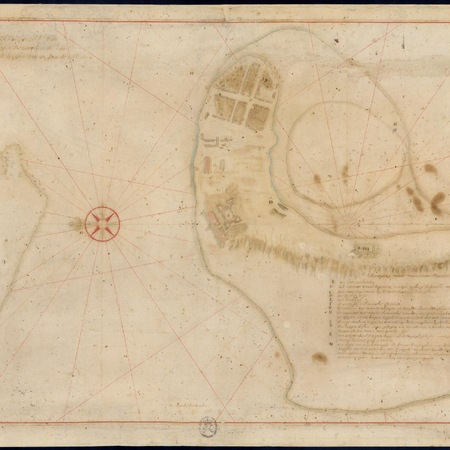
Map of the island of Taiyouan, opposite the coast of Formosa
Vingboons, Johannes
-
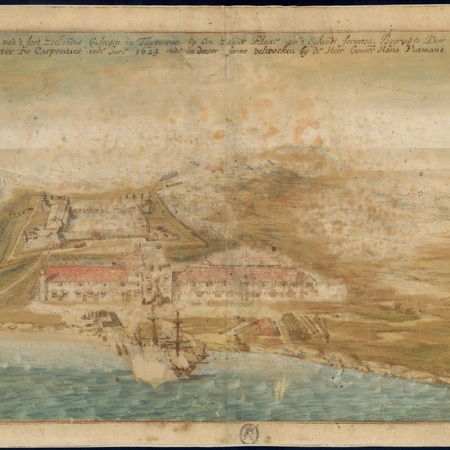
View of Fort Zeelandia on Formosa
Vingboons, Johannes / Solemne, David de
-
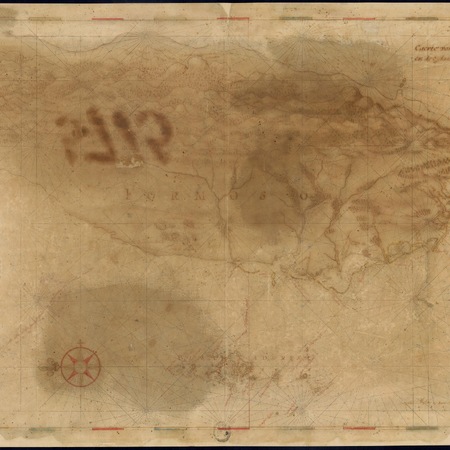
Map of Formosa (Taiwan) and the Penghu Islands (Pescadores)
Vingboons, Johannes
-
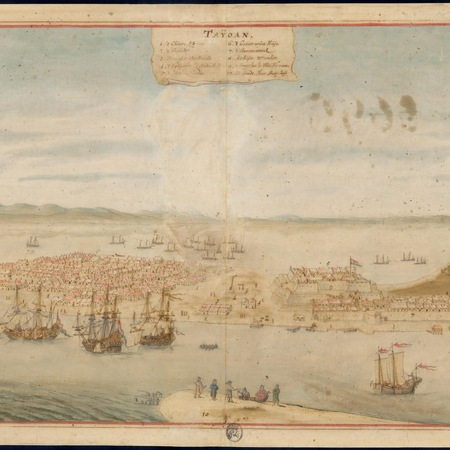
View of the city and fort Zeelandia on Taiwan
Vingboons, Johannes
-
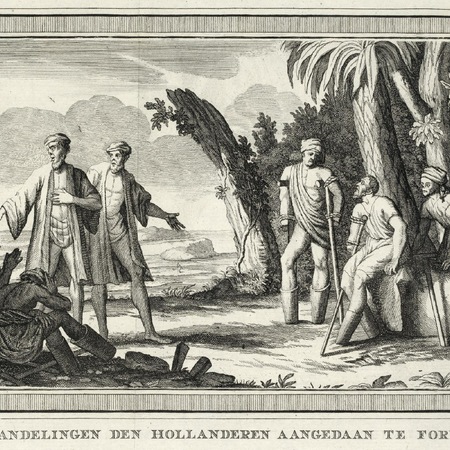
Assaulted Dutch in Formosa
Conradi, Petrus / Plaats, Volkert van der / ...
-
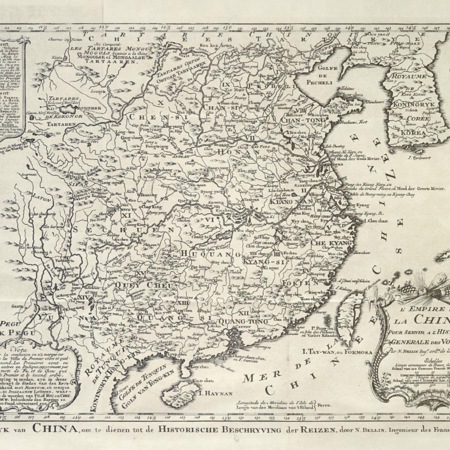
Map of China and Korea
Bellin, Jacques Nicolas / Hondt, Pierre d' / ...
-
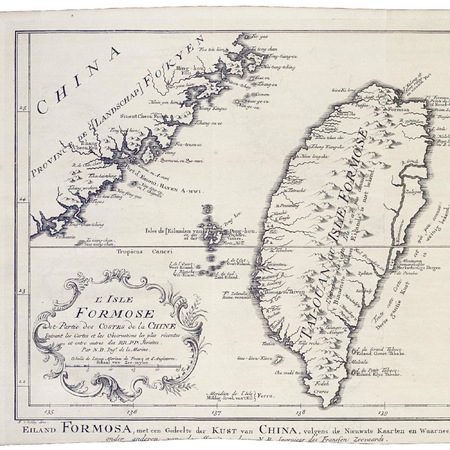
Map of Formosa
Bellin, Jacques Nicolas / Schley, Jacobus van der / ...
-
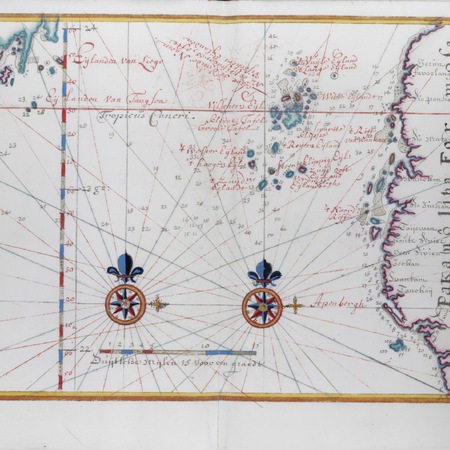
Map of the Strait of Taiwan
Vingboons, Johannes
-
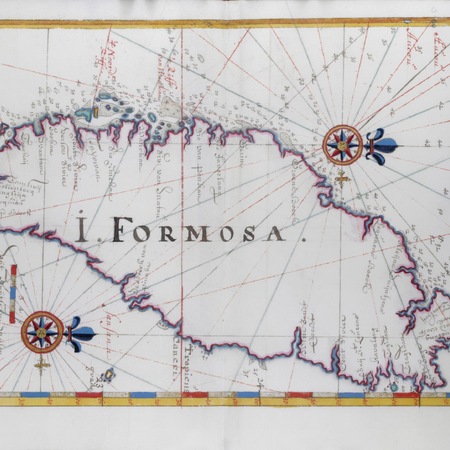
Map of the island of Formosa
Vingboons, Johannes
-
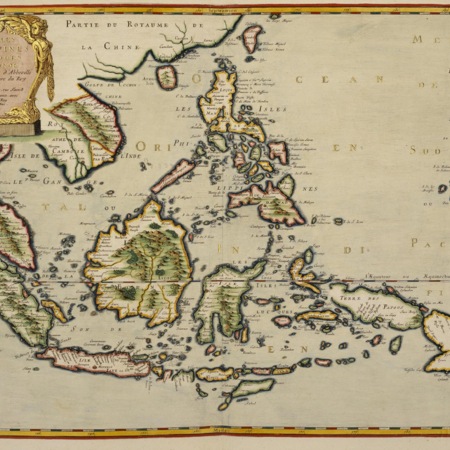
Map of Indonesia and the Philippines
Marriette, Pierre / Sanson d'Abbeville, Nicolas / ...
-
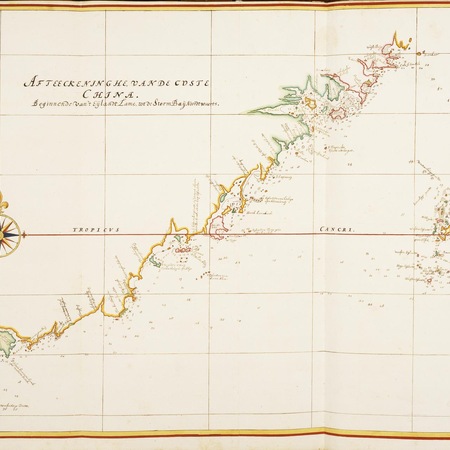
Map of the south east coast of China
Vingboons, Johannes
-
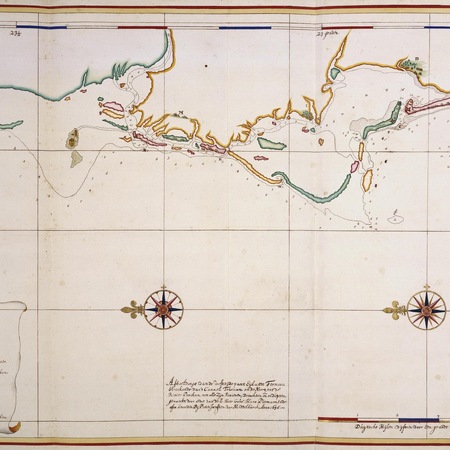
Map of the west coast of Formosa
Janssen van Middelburg, Pieter / Vingboons, Johannes
-
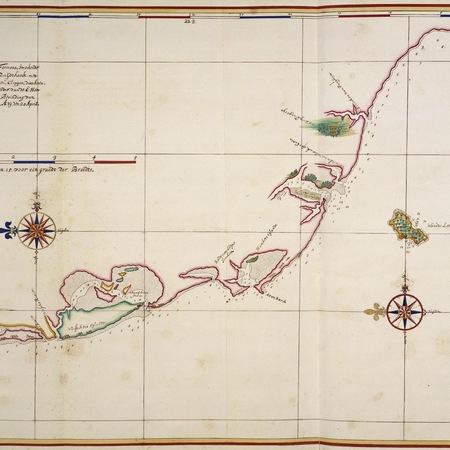
Map of the southwest coast of Formosa
Vingboons, Johannes / Janssen van Middelburg, Pieter
-
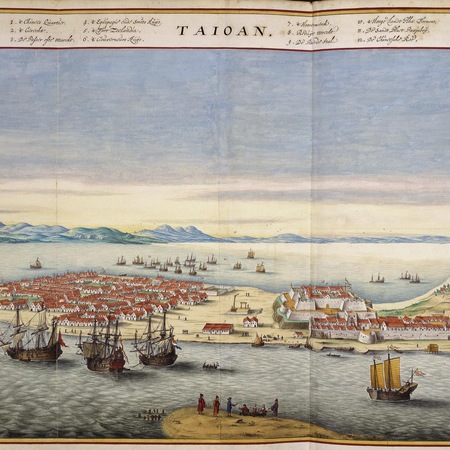
Bird's eye view of Tayouan and Fort Zeelandia
Vingboons, Johannes
-
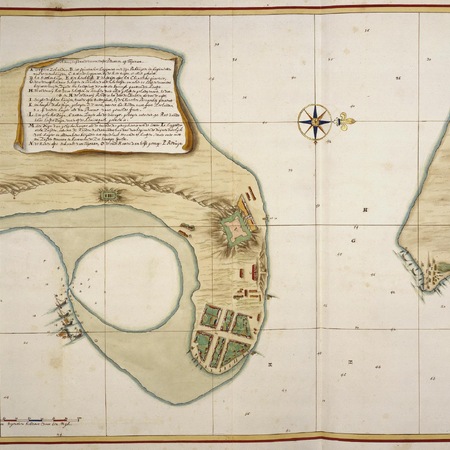
Map of Tayouan and Fort Zeelandia
Vingboons, Johannes
-
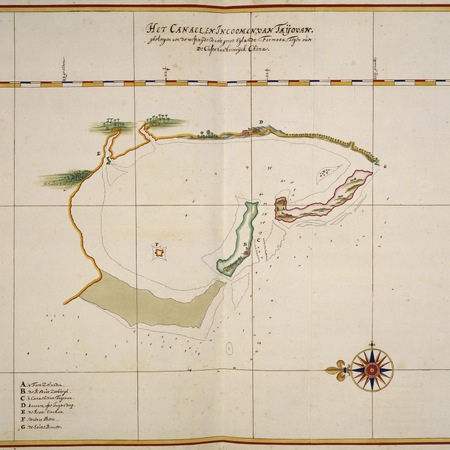
Map of the Formosa roadstead
Vingboons, Johannes
-
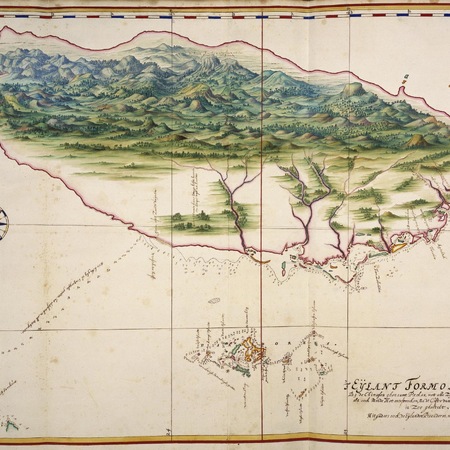
Map of the island of Formosa
Vingboons, Johannes
-

Dutch on Taiwan under attack from the Japanese
Braam, J. van / Linden, Gerard onder de / ...
-
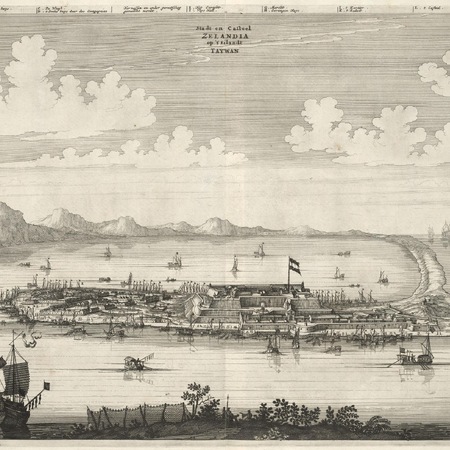
View of city and Fort Zeelandia on Taiwan
Anoniem / Anonymous / Meurs, Jacob van
-
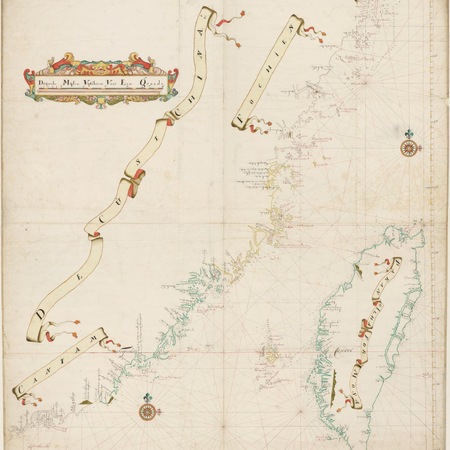
Map of a part of the Chinese Sea and coast and Formosa
Anoniem / Anonymous
-
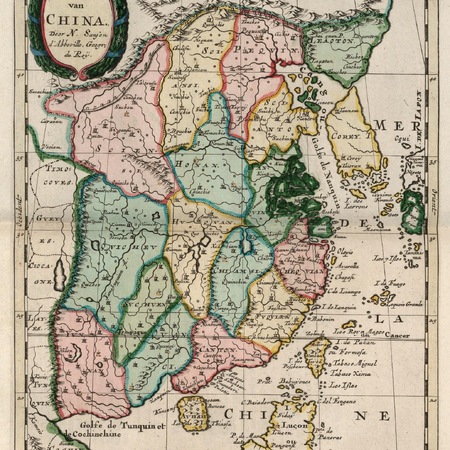
Map of China
Winter, A. d' / Sanson d'Abbeville, Nicolas / ...
-
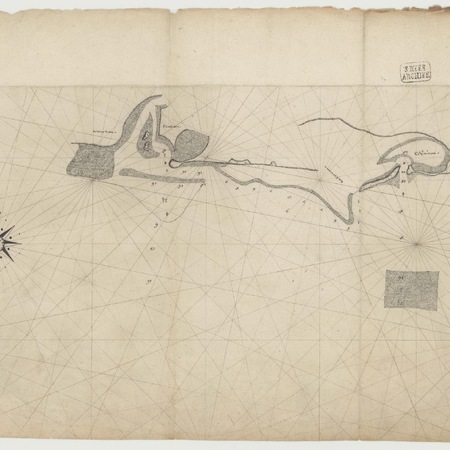
Map of the bay of Tayuwan
Noordeloos, Jacob
-
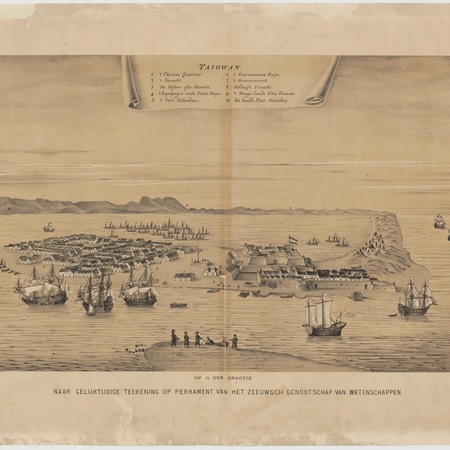
View of Taiowan
Anoniem / Anonymous
-
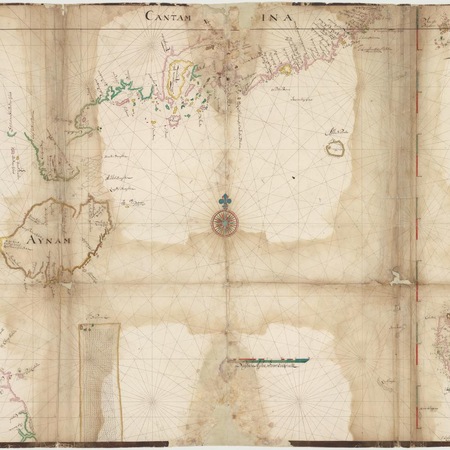
Map showing part of the Chinese and Vietnamese coast and southern Formosa
Anoniem / Anonymous
-
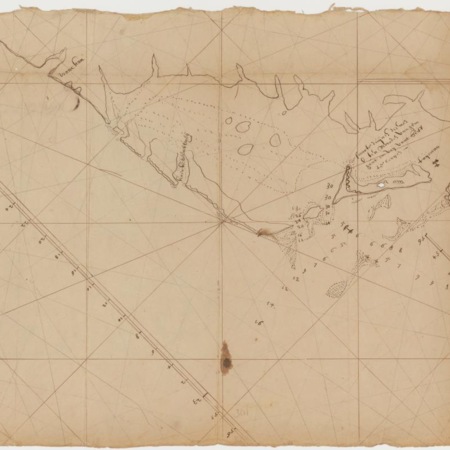
Map of Taiwan
Lootsman, Heyndrick Ariensen
-
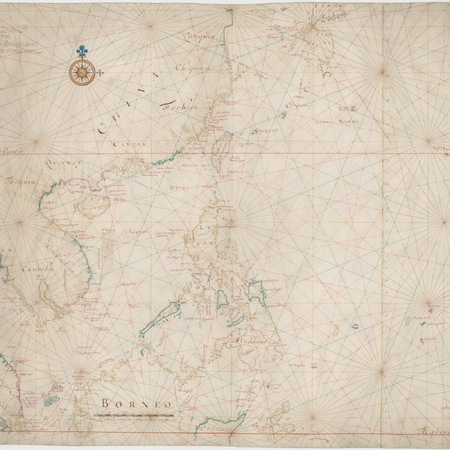
Map of the Chinese sea and coast
Blaeu Jr., Joan / Vries, de
-
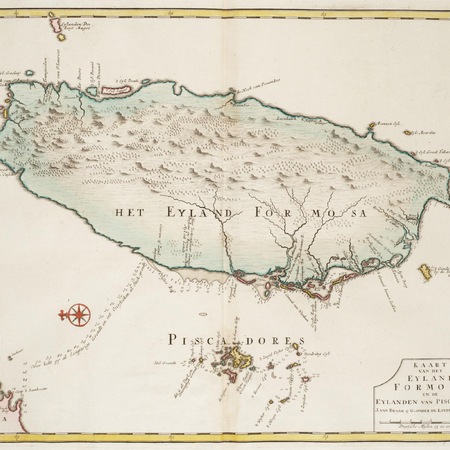
Map of Formosa
Braam, J. van / Linden, Gerard onder de
-
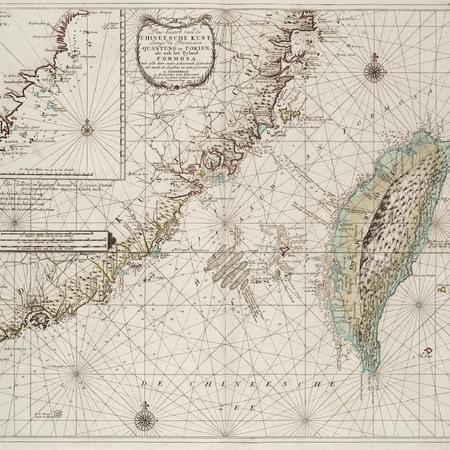
Map of West China, Formosa and Pehoe
Keulen II, Johannes van
-
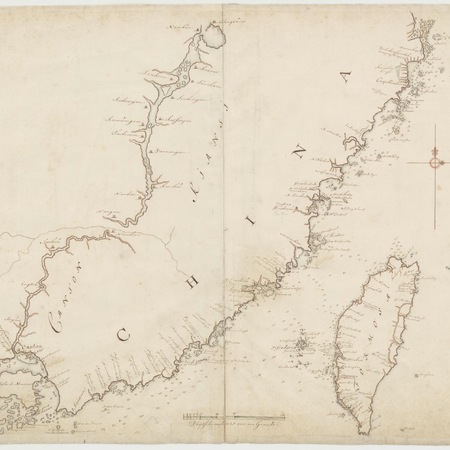
Map of China and Formosa
Graaff, Isaac de
-
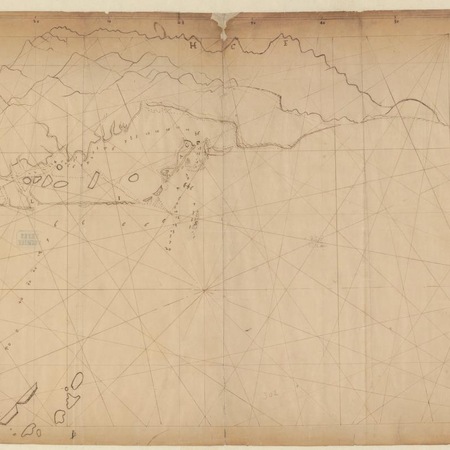
Map of the Taouan peninsula
Lootsman, Heyndrick Ariensen